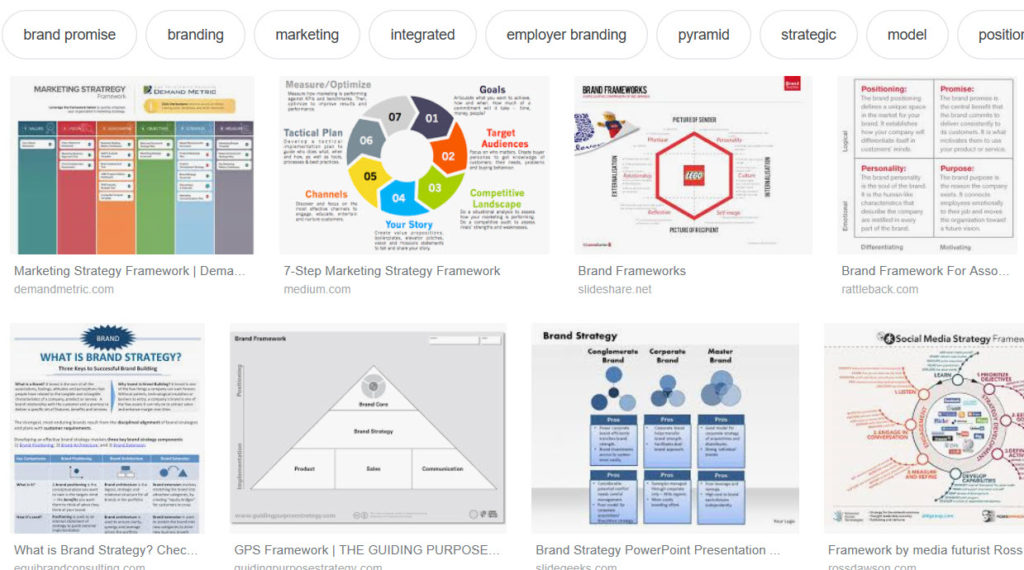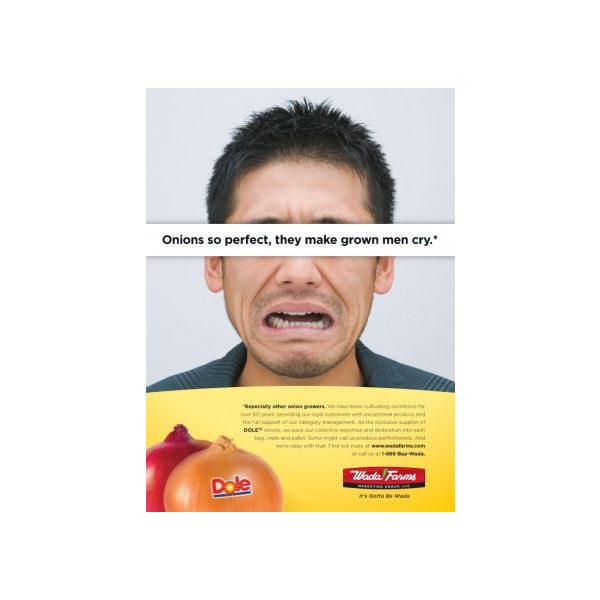Packaged Goods and Experience.
I define brand strategy as a framework for product, experience and messaging. The experience component is often a bit of an outlier but good branding companies take it seriously. Experience as a brand component is particularly important in retail and business to business but how does one deal with experience in packaged goods? A bottle of salad dressing is a bottle of salad dressing. You can say “packaging” is experiential. Perhaps “labeling.” But opening a bottle of Samuel Adams is the same as opening a bottle of Bud. It’s tough.
Along comes the internet and now we have a little something more to play with. Web experience can be built so as to adhere to brand strategy. Not via messaging, i.e., pictures, copy and sound but through the actual user experience. The brand strategy claim and proof array should be delivered in actions, navigation and visitor behavior.
As an example, let’s look at Highland Brewing whose claim is “Pioneers in craft.” The website experience should deliver on the claim. Perhaps some tips on how to make beer. Or a demonstration of what makes a craft beer different from a mass-produced pasteurized beer. Someone around the campfire this weekend said done poorly a website can be an “electronic brochure placed in the ether that gathers dust.” Well let’s make websites package learning, create new behaviors and reward deeds – that’s how you can upgrade your packaged good experience.
Peace.










